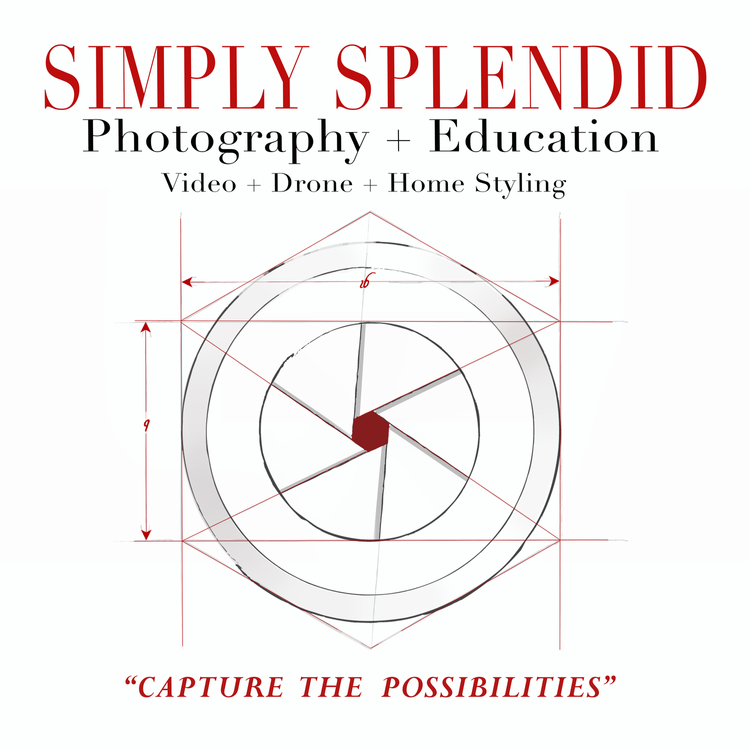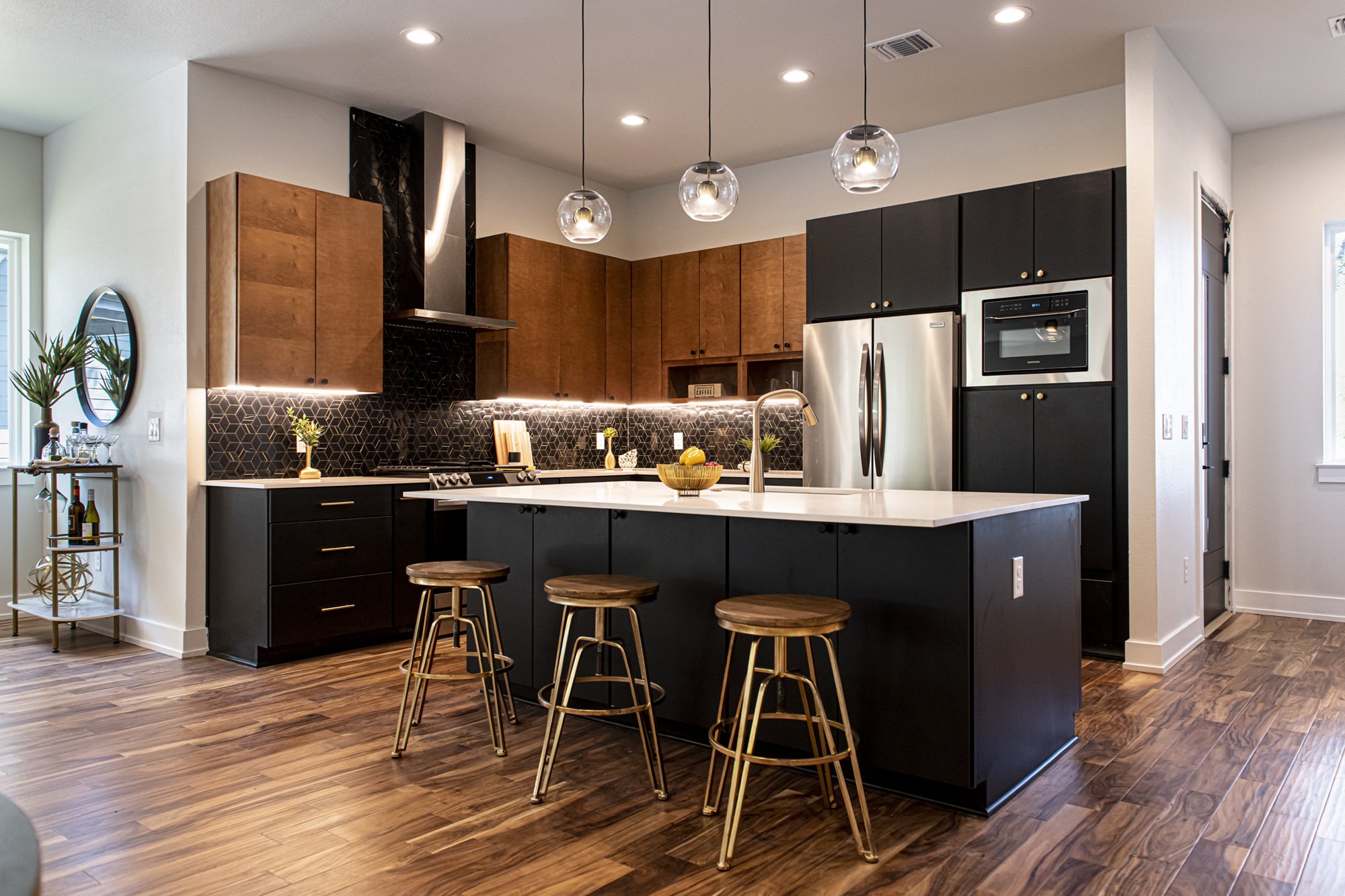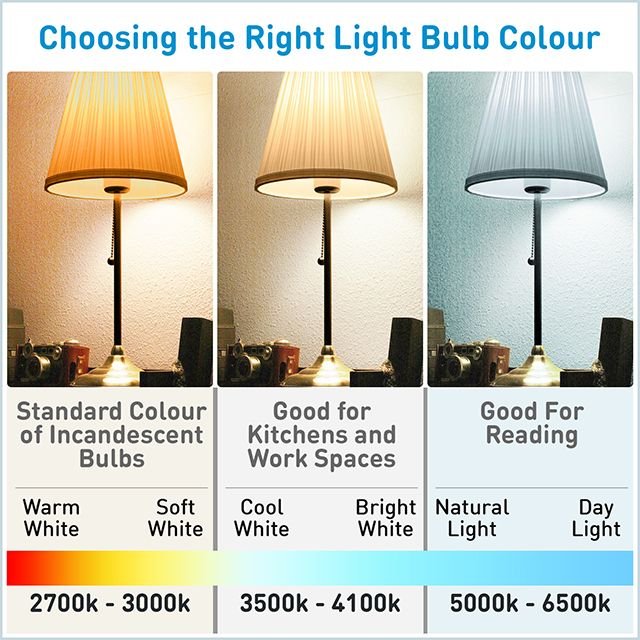A couple of weeks ago, I had the privilege to teach a private one-on-one course in Real Estate photography to an aspiring photographer with natural talent. It was over a four day period, spread over 3 weeks, 16 hours of contact time, where there was a lot of practical hands-on exercises, specifically to memorialize the technical camera concepts and skills, as well as understanding the visual language of composition.
Akil, my student, who is himself a nurse, is learning photography for two reasons. The first is making himself available to his wife, a realtor in Houston, as her official photographer, and the second, utilizing this medium as a means to creatively express himself.
For the final part of the course, we photograph an actual property that is currently listed on the MLS, that’s also been professionally staged. We want to thank LaCasa Realty group for providing the space for us to teach our classes.
It was also a pleasure being a part of this young couple’s burgeoning real estate business in Houston.This is what Akil shared about his experience learning about Real Estate Photography:
“I recently attended a real estate photography course and was thoroughly impressed by the quality of instruction. Hayden was incredibly thorough, taking the time to ensure I had a strong foundation in the basic concepts before introducing more advanced techniques. His approach was patient and supportive, he helped me troubleshoot issues with my own camera and made sure I fully understood each step before moving forward.
One of the highlights of the course was the opportunity to work with a variety of lenses that Hayden provided, which gave me hands-on experience, and a better understanding of how different tools can enhance my photography.
We also took a field trip to a beautifully staged home, where I was able to apply the techniques I learned in a real-world setting. Reviewing the photographs in real-time with Hayden was incredibly helpful and allowed me to make immediate improvements.
Whether you're a complete beginner or a seasoned photographer looking to sharpen your skills, I would highly recommend Simply Splendid Photography. Hayden’s teaching style, technical knowledge, and genuine dedication to helping students grow made this course a valuable and rewarding experience.”
Akil Williams - Houston, TX (June 2025)













